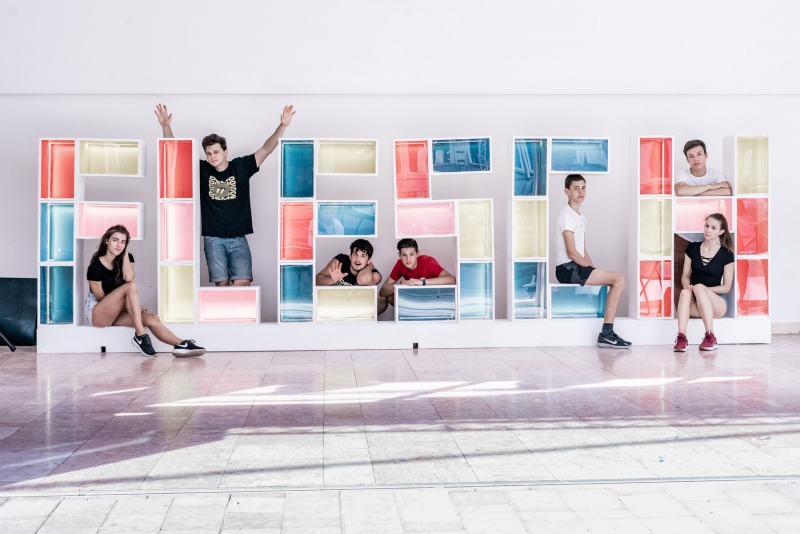CEDIT – Ceramiche d’Italia recently made a powerful comeback with eight new collections.
Not all ceramic brands have such an interesting history. Now part of the Florim Group, one of the greatest ceramic networks in the world, CEDIT - Ceramiche d’Italia has been offering since the 1950’s completely new decorative solutions, developed through the collaboration with some of the leading artists, architects and designers of that time. Marco Zanuso, Ettore Sottsass, Alessandro Mendini, Sergio Asti, Bob Noorda, Emilio Scanavino, Bruno Munari, Achille and Pier Giacomo Castiglioni, Mimmo Rotella and Gino Marotta were among them.
The SZ1 series designed in 1954 by architects Marco Zanuso and Alberto Scarzella – just to name one – still stands out as a significant example of a new stylistic research, since the tiles featured curved geometric forms that could be combined in hundreds of different ways.
CEDIT ceramic tiles are characterised by an artisanal attention to details and the most advanced industrial technology. Modularity is essential: the wide ceramic slabs of the latest collections are the best way to express each designer’s creative ideas. Different designs can be combined in several ways: personalization is a key feature, putting in contact today’s high-precision industrial production with the hand-made skills of yesteryear’s ceramists.
CEDIT – Ceramiche d’Italia recently made a powerful comeback with eight new collections. Outstanding names of the Italian contemporary design and arts scene were chosen for the brand’s relaunch: Andrea Trimarchi & Simone Farresin (Studio Formafantasma), Martino Gamper, Barbara Brondi & Marco Rainò (BRH+), Marco Casamonti (Archea Associati), Matteo Nunziati, Giorgia Zanellato & Daniele Bortotto (Studio Zanellato/Bortotto), Giorgio Griffa, Franco Guerzoni.
Each of them developed an original creative idea for floor and wall coverings. Marco Casamonti worked on new iridescent colours to show the oxidation of metals; Barbara Brondi & Marco Rainò explored the texture of cement; Giorgio Griffa conceived intense, chromatic brush strokes remindful of his paintings; Franco Guerzoni created thick and fragmented pigmentations; Matteo Nunziati was inspired by oriental fabrics and jewels; Giorgia Zanellato & Daniele Bortotto showed the waning effects of the passing of time.
Speaking of the two latest collections, Andrea Trimarchi & Simone Farresin (Studio Formafantasma) investigate the potential of colour in contemporary ceramic covering manufacturing. Every slab can be used in its full size or cut into smaller sizes, which can be combined to reveal a wealth of shades.
Martino Gamper examines the architectural potential of ceramic surfaces in a variety of stylistic contexts, pursuing his approach based on the reassembly of existing materials, to create fresh, functional aesthetic ideas.
source: press release
Ha tetszett a cikk, és szeretnél előfizetni magazinunkra, itt teheted meg.








